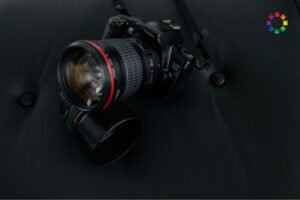If you want to make money from your photography, you can start taking stock photos. Stock photography is the process of selling photos that can be used for a variety of purposes, such as websites, advertising, and even books
There are a few things you need to know in order to take stock photos that will sell: first and foremost, you need to have an eye for composition and lighting. You also need to have a good sense of what sells – think generic images that can be used for a wide range of purposes
Finally, it’s important to be able to capture the right mood and feeling with your images. If you can do all of these things, then you’re well on your way to becoming a successful stock photographer!
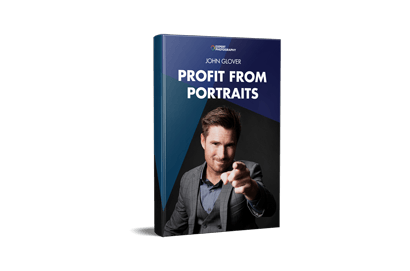
12. Take Stock Photos: 12 Things to Shoot
Before starting any stock photography business, you need to decide what you are going to be photographing.
Is it going to be lifestyle stock photos? Are you going to specialise in travel stock photography? Or are you going take stock photos of everyday objects?
The more you specialise in one area, the better and more consistent you will become.
One of the most common questions people ask me is how to take stock photos that sell? My response is usually for them to focus on one thing.
This doesn’t mean you have to be tied to that photography genre for life, but like anything, the more you do it, the better you will become.
Start by focusing on one area and expand when you feel that you are earning a decent amount from it.

11. What Will Sell Won’t Always Be What You Like
Photography is a wonderful hobby to have and you should always photograph what you love. If you then decide to sell those photos as stock photos, that’s great. Why not earn some money from the photos you have taken?
But if you want to know how to take stock photos as a long term business, then you need to think of it more as a photography business. That means not always photographing what you love, but what is likely to sell.
One way to better understand what is likely to sell is to check out stock photography libraries. Head on over to Adobe Stock and have a look at their gallery.

10. Use a Shot List to Add Variety to Your Portfolio
So, you have a genre of stock photography that you want to specialise in. That’s a big part of the decision making over. But now, you might be thinking of how to shoot for stock photography?
The simple answer is that no matter what you are planning to photograph you need to have some parameters. Or in other words a shot list. The best way to create a shot list is to write down some stock photography ideas.
For example, one shoot could be photographing fruit. You can then have a mix of photos that cover the whole fruit on a white background, sliced, on a plate, being sliced and so on. This is a shot list that you can then cover off when photographing.
Writing down various ideas will mean you always have different scenarios to photograph. But it also helps you cover different branches on the genre you have chosen rather than having repetitive photos.

9. Keep Up With Market Trends to Always Know What Sells
Like any industry or business, it always helps if you know the market you are trying to sell to. So spend time researching your potential clients and the type of photos that are already out there.
Look at the type of photos that are selling. Keep up with trends and read trade publications to be up-to-date with the latest news and developments. These could all be potential stock photography opportunities.

8. Set a Budget to Minimise Time and Investment Lost
The downside of stock photography these days is that anyone can do it. In fact, there are various stock photos sites that will even accept smart phone photos. This has led to stock photography prices dropping in the last few years.
So, ensuring that you set a budget for each shoot has become even more vital. You have to always consider what will be the return on your investment. The more you spend on each shoot, the more photos you must sell to earn that money back.
Before you start any shoot, set yourself a budget and stick to that.

7. Only Buy Essential Photography Equipment at First
As easy as stock photography is to get into, you still will need some basic photography equipment to get started. A camera and lens are essential. But depending on what genre you specialise in you may need more specialist stock photography equipment.
For example, if you want to get into taking stock photos of insects you’ll need a macro lens. A wildlife photographer on the other end of the spectrum will need a telephoto lens.
This is one of the reasons why it’s important to decide what you want to specialise in. To only buy equipment you will need.
Make a list of the absolute essentials and only buy those when you are starting. Anything else can be added along the way when you start getting money coming in from stock photo sales.

6. Get a Light Tent for White Background Product Photos
A great tip for selling stock photos for beginners is to get yourself a light tent. These are cheap fabric (or Perspex boxes) where you can place objects into to photograph. They come in various sizes from small ones that are for everyday objects, to huge tents that you can have people stand in.
If you ever wondered how to take stock photos on a white background, this is the best way.
The great benefit of these accessories is that you can create a simple studio in your house with very little cost and effort. Place a couple of lights around the tent and you be able to capture well-lit, clean photos.
These types of photos are perfect for generic stock shots.
Because you can control the light and environment, once you have set up, you can photograph a vast array of subjects very quickly.
We have a great article on how to create a DIY light box you can check too.
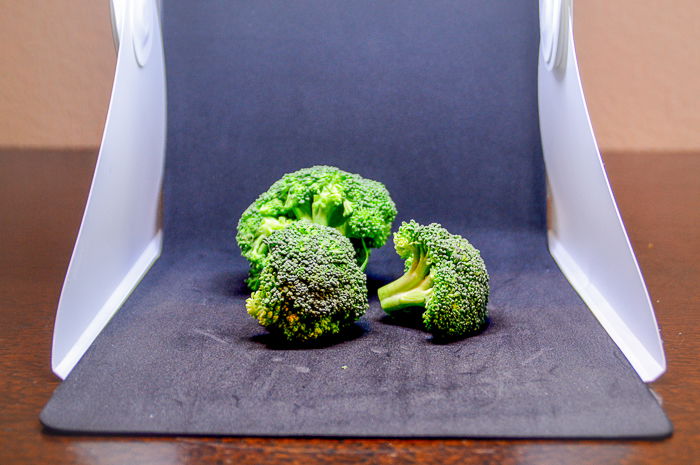
5. Capture a Variety of Angles to Increase Chances of Selling Stock Images
Shooting for stock photography is a numbers game and the more photos you have for sale the more chance you have of earning an income. So, one of the key stock photography tips I can give you is to take lots of photos.
Whilst you should cover lots of angles and crops, it doesn’t mean repeating the same shot different times.
Instead, you need to try and find ways to create different shots with minimal effort and cost. For example, out on location, can you turn around from the spot you are standing to photographing a different direction?
This would double your output without having to spend time and money to get to another location.
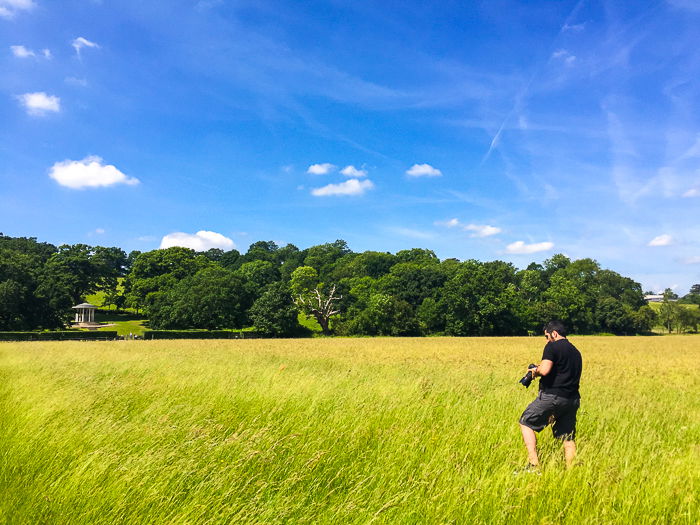
4. Get Release Forms to Avoid Not Being Able to Use a Great Photo
Model and property release forms are a great way to increase the value of your photos. These releases allow your photos of people or places to be used commercially rather than just as editorials.
If a big car company wanted to use one of your photos of a person in an advert, they wouldn’t be able to do so without a model release.
A model released photo is around 10 times more valuable than one that isn’t. But it’s not easy or straightforward getting model or property releases so don’t worry if you can’t.
If you are photographing someone you know, make sure you get them to fill in a release form.
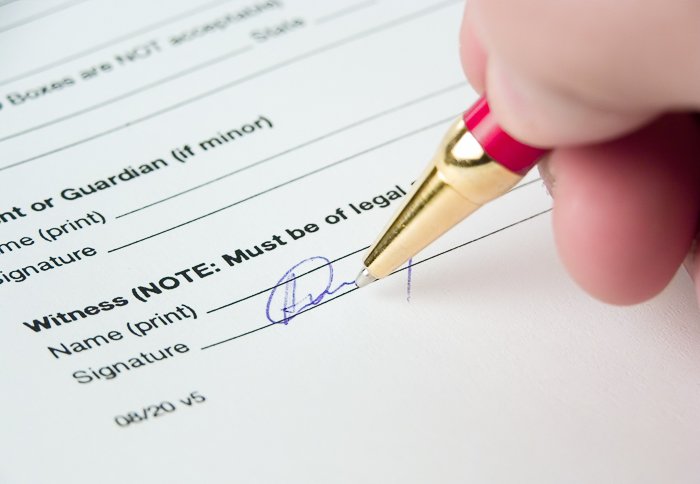
3. Streamline Your Workflow With Presets
Ideally simple stock photography should be just that, simple. This also extends to your workflow because the last thing you want to be doing is spending hours in front of the computer.
Start by trying to ensure you capture photos as best as you can when taking the photo. Then, set up simple presets that will allow you to quickly adjust the basics of your photos.
For example, if you are usually using a light tent and photographing objects on a white background, a simple preset to adjust white balance, contrast and other settings can mean you work through your stock photos much quicker.
The less time you spend editing, the more time you can spend actually photographing.

2. Look for Local Opportunities to Keep Costs Down
Stock photography doesn’t necessarily mean having to travel far or spending a lot of money. Look for stock photo opportunities which are near you.
Remember that anything can potentially be a stock photo. From a dog being walked in the woods, to the skyline of your local town or city.
In fact, there are photographers out there who only focus on photographing their local area. This is a quick and simple way to expand your stock photos in an area that you’ll know better than most other people.
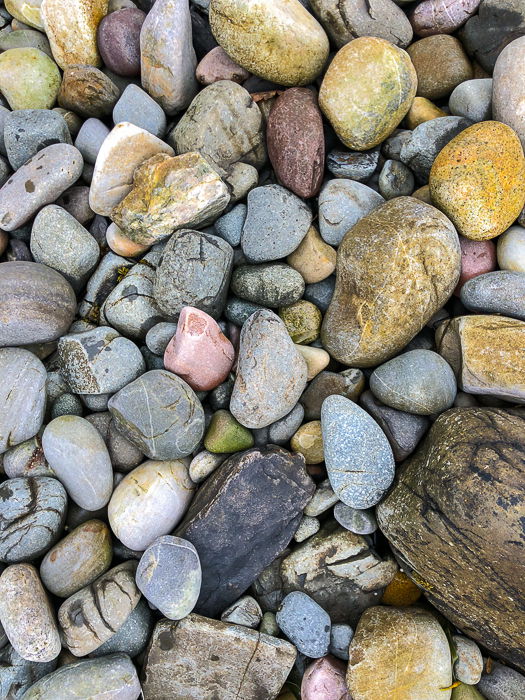
Conclusion
To be a successful stock photographer means having to always learn, evolve and tweak your stock photography. You should spend time every month evaluating your sales. Learning from your best-selling photos (and your non-selling ones) and then looking to repeat the successes.
For example, if you find that your lifestyle shots are selling better than your food ones, focus on capturing more lifestyle shots. Or try something different for your food shots.
Eventually with practice you will become better and more efficient at capturing photos that sell. But to get there you have to spend time learning and practising.

Looking for more creative tips? Check out our new post about how to create magical still life photos next!



